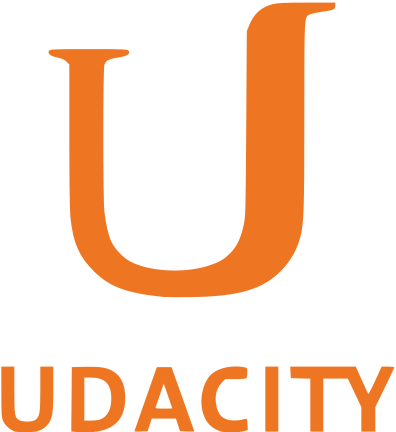Have you ever taken a step back from your daily grind of endless homework, classes, work, and labs; and just wanted a break? Do you sometimes just feel like there’s just too many coding classes, too many chemistry classes, just too many classes you just aren’t interested in? Don’t fret, this isn’t a sign to change your major or even your college. Not yet anyway. This happens all the time – any college class can become overwhelming and lose it’s luster. Alternatively, you could just be really bored and have not as much homework as everyone else, and think, “Gee, I’d love to take a class on Urban Planning, but really can’t fit it into my schedule”.
Well, maybe that last one doesn’t happen as much, but you get the idea. There’s this neat little secret which fixes both: MOOC, or Massive Open Online Course.
What is MOOC?
The abbreviation says it all. MOOC are extremely large, usually free (or very low cost) online only course. They usually feature video lectures, quizzes, readings, and even exams, just like a regular course. The best part? Many are self paced, so you can take all the time in the world to finish the course, or even leave in the middle (if you really hate Advanced Classics 315). Projects are also offered, and there is usually a lot of online discussion between participants in the course, and sometimes even the instructor. Exams can even be monitored by webcam or held in person. Topics cover almost everything – core classes are most common, but different providers have different focuses.
There a few good reasons to try a MOOC. They are great for getting a leg up on a course that might cause problems for you later on or even a refresher on a subject between semesters. MOOCs can even provide specialized training in your future career field that may not be offered at your university. MOOCs are perfect for all of these. But don’t think as MOOC as a replacement for that English class you have to take next semester. It’s not identical to a University online course, and comes with no degrees. However, many MOOCs do offer some kind of certificate upon completion – which will not give you a job, but at least show that some kind competence in the subject. However! Sometimes, certificate can be used for a 3 credit class, but this is rare, and must be verified by an academic adviser.
But MOOCs aren’t just for students. Since there is no restriction on who can use them, MOOC’s have gained popularity with post graduates and professionals. Why? Many industries are always changing so fast that it would be impossible for anyone to keep with them. Or, someone on the job might need a refresher in a particular subject they haven’t used in a long time. Whatever the reason and whatever your position., MOOCs can be a fantastic resource for learning.
The entire process works by just signing up at one of the providers! From there its a really simply process to access your courses, homework, and lectures. Every vendor is the same, with a little different set up. If you can navigate through Facebook, you can handle a MOOC.
Where can I get some MOOC?
There are quite a few providers for MOOC classes. In fact most of them are backed by extremely well known Ivy League Colleges, including MIT, Harvard, and Stanford.

Some of the most well known are: Udacity, edX, Coursera, and MIT OpenCourseWare. There’s a useful aggregation site of most MOOC, call Mooc-list.

But beware! There is a difference between providers- some just provide the free course, while others are trying to make money. Not all are free, and not all are the same. Shop around before you start a course, and try to see if you are making the best use of this free time.
MOOC (by the numbers)
Like we said before though, MOOC isn’t a replacement for college courses. While they might offer a certificate for completion, that isn’t a substitute for credits towards a degree. And, unfortunately, most people who try it usually don’t finish. The typical MOOC only has completion of 10%. For example, a little more than 13,000 people signed up for one course, but half of those did one homework assignment (about 700), half of those watched a lecture (now about 350), and about 90% of those who took the final exam passed (so 300 total). Kinda disappointing, huh? Well, don’t worry- it’ll never cost anything and it never was written on a transcript. However, some courses you do have to pay for- usually less then $100, due before the final exam. When comparing the classes that had a small fee versus the free ones, the ones people paid have a much much higher percent of completion.
So challenge yourself: try one MOOC. Over the summer, when you have some down time, just to prepare yourself for what is next. See if you can be one of the 10% who can finish the course!